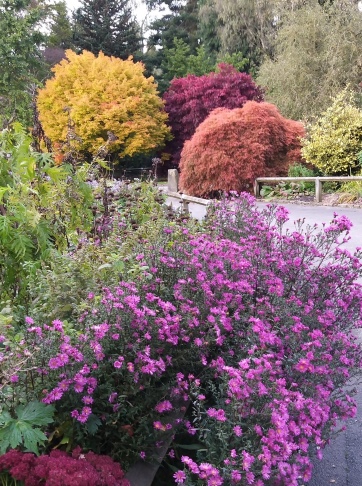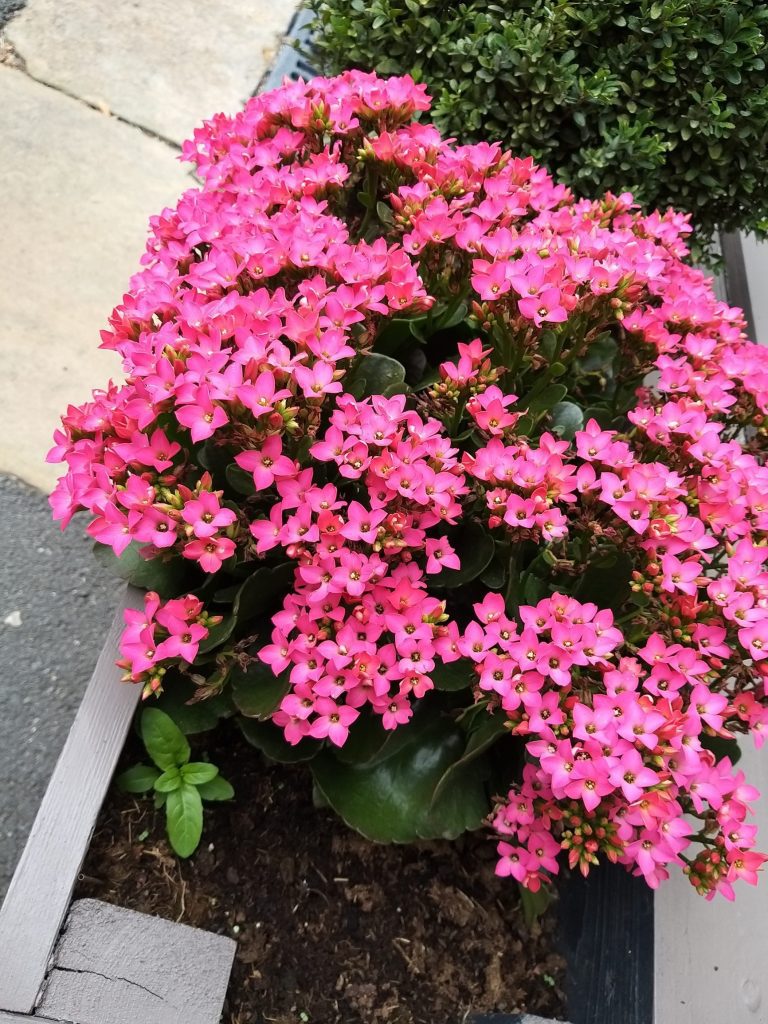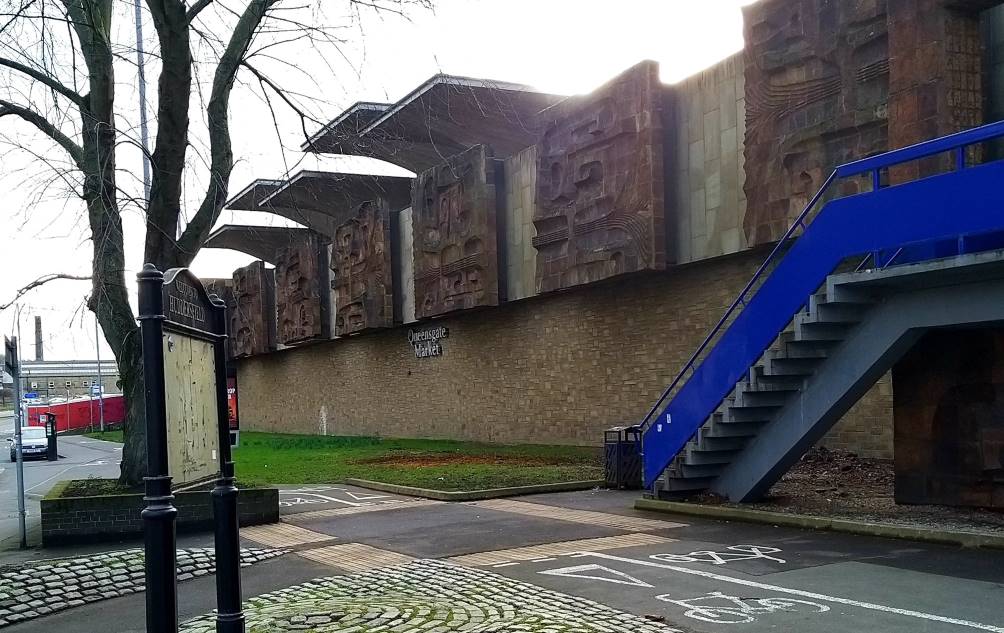My Garden
The world is sadly sick, they say’
And plagued by woe and pain.
But look! How looms my garden gay,
With lyric music in the air,
With blooms in golden reign!
Of joy fulfilled in song,
I can’t believe that anywhere
Is hate and harm and wrong.
A paradise my garden is,
And there my day is spent;
A steep myself in sunny bliss,
Incredibly content.
Feeling that I am truly part
Of peace so rapt and still,
There’s not a care within my heart . . .
How can the world be ill?
Robert William Service (1874 – 1958)
By Gordon the Gardener
The poem ‘My Garden’ illustrates that a peaceful life in nature is more fulfilling than struggling for that which is unobtainable. A garden full of flowers and colour would be better for us all.
Colour is what we all need in times of trouble and strife. Colour to lighten all our lives. The month of March is when springtime breaks out in earnest.
The gardener can now begin to sow seed and take cuttings in the heated greenhouse or indoors on the windowsill with confidence that, with the increasing light of the sun, they will grow.
All plant life requires soil and water to grow but the most important factor is light. In March the days soon get longer and the light stronger.
Onions and leeks sown in January will soon put on growth. We can begin sowing all types of vegetables – brassicas, cabbage, cauliflowers, brussel sprouts.
Tomatoes, sweet peppers, lettuces and cauliflowers can be sown now in the greenhouse. I use John Innes seed compost for this task.
Seeds can be sown and placed in a propagator or on a heat mat with a bottom heat of around 18C (65F). Or they can be germinated on the kitchen windowsill. Flower seed can be set the same way now.

St Patrick’s Day – March 17 – is traditionally the day to plant potatoes. Plant potatoes of first and second earlies 12cm (5in) deep and 30cm (1ft) apart and 2ft in between the rows.
Charlotte is my favourite early potato. It has lovely waxy texture and flavour. For late types the Sarpo varieties – Sarpo Miyra, Sarpo Axon and Sarpo Una – are very blight resistant.
These are well worth growing, especially if you have had problems with blight, which attacks on warm and damp nights encountered on warm balmy summer evenings.
Main crop potatoes can be planted in April, 12cm (5in) deep and 38cm (15in) between the tubers, in rows of 75cm (30in) apart.
If you have no garden, potatoes and many other vegetables can be grown in containers. Place 14cm (6in) of a multi-purpose compost in the bottom of the container. 100g (3oz) of potato fertiliser can be mixed with this.
Place three seed potatoes spaced out on top of the compost. Then cover with another 14cm (6in) of compost on top.
Three more seed potatoes can be placed on top again, and topped up with more compost and another 100g (3oz) of fertiliser mixed in. Fill to the top of the pot.






Your lawn will benefit from a good raking out of dead and decaying growth and moss. Problems with moss are usually a sign of inadequate drainage.
The answer is to get air into the lawn by spiking it with a garden fork, get right into the turf to the full depth of the fork. Better still get a hollow tine spiker which takes out a core.
The whole lawn should then be dressed with soil and horticultural sand mixed in, it should be screened through a riddle to remove any stones.
This month of March is the final month to plant bare rooted hedgerows. I cannot emphasise earnestly enough how much better a hedge is than a fence.
I have seen many fences blown apart and totally wrecked by gales this winter. A fence checks the wind abruptly, forcing it upwards and creates the gusty effect that can be dangerous.
A hedge filters and tempers the wind’s ferocity, unlike the fences that are fashionable with builders of modern housing estates.




There has been much comment regarding the removal of the trees from the frontage of the Queensgate Market in Huddersfield.
I remember the trees being planted when the market was completed in 1970. Now I am very keen to see that trees are given protection.
It has to be born in mind when deciding where to put a particular species of tree. First and foremost, is how big will it grow, how tall and what spread – and not in 10 years, but think ahead 50 to 100 years’ time. What will it be like then?
Fast forward to 2024 and it can be seen that with Queensgate not enough attention was paid to these factors.
They were wrong trees in the wrong place when planted right up against the structure of the building. They grew too big and were preventing the remarkable ceramic panels by sculptor Fritz Steller from being seen.
In the same vein it would be unthinkable placing trees in front of York Minster obscuring the view.
The council could now improve and provide enhancement to the unique ceramic panels, by planting some tastefully chosen shrubs to bring much needed colour to the masterplan, which would be better for us all.
READ MORE: Catch up on Gordon previous blogs HERE

















